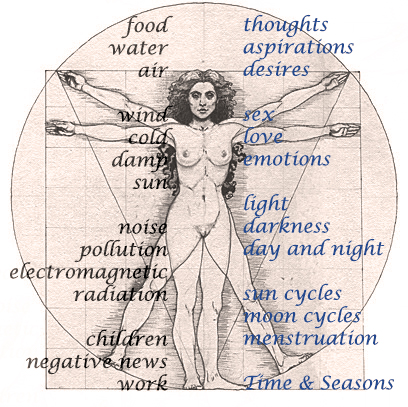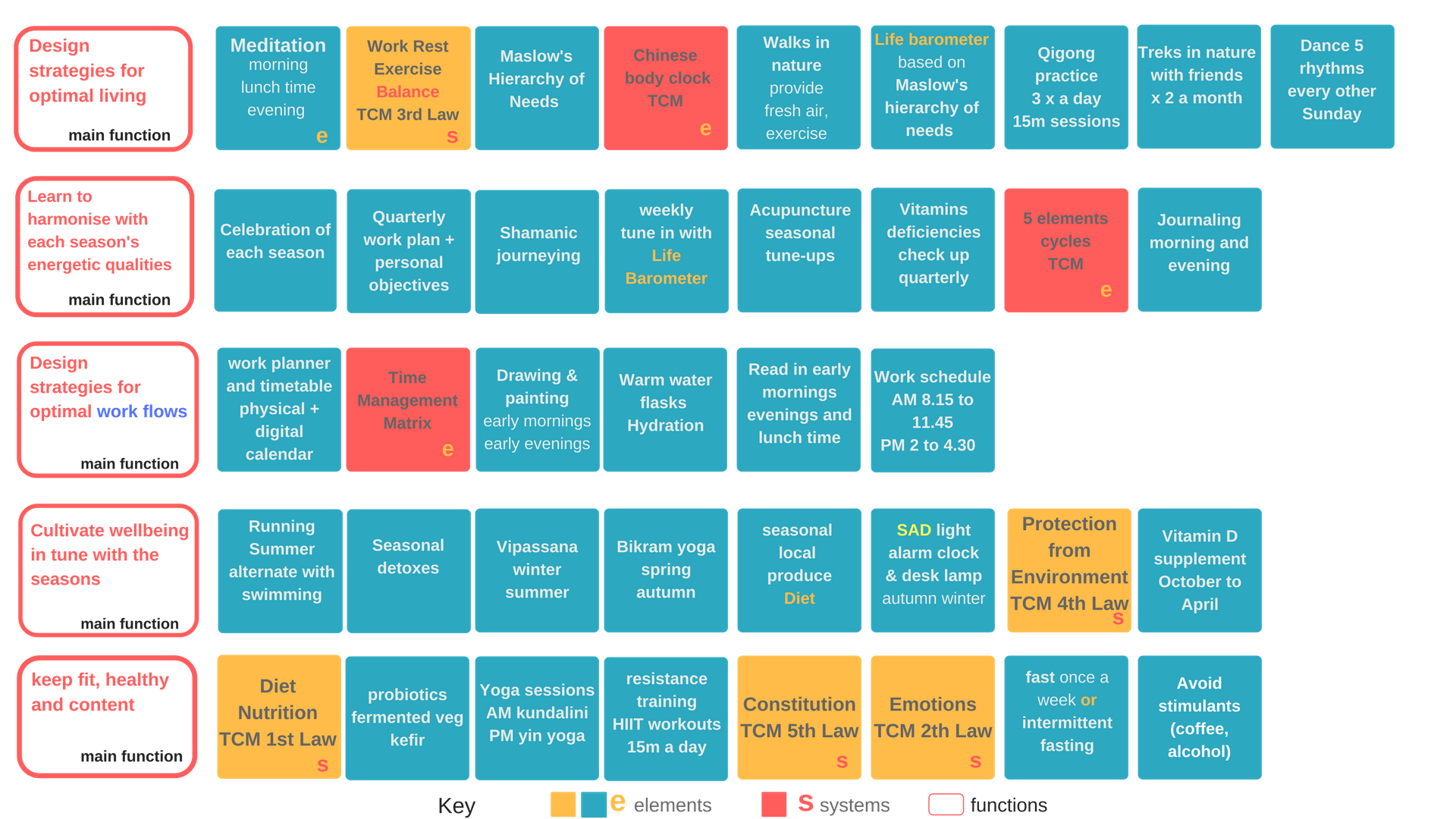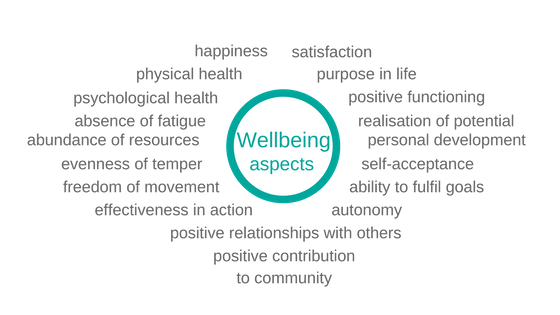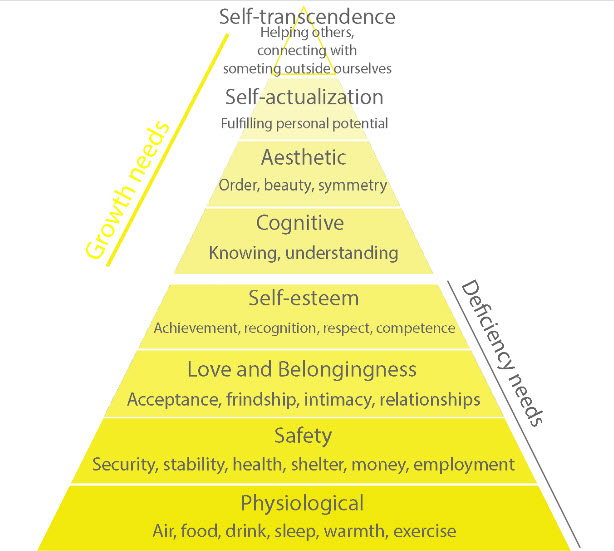| Client: Teresa Pereira | .... | Designer: Teresa Pereira | .... | Location: Manchester UK |
Background
Being no stranger to burn-out, the questions circling my mind at the onset of the Diploma In Applied Permaculture Design journey were:
- How can I cultivate well-being?
- How can I focus on self-care?
Amidst life’s unpredictable storms, it is easy to loose sight of well-being, and self-care is often sacrificed at the expense of caring for others. This is what happens in ‘The School of Life and Hard-Knocks’ where, unlike most educational establishments, first you get the test and then you learn the lesson. Life taught me self-care is the route to cultivate wellness, live a meaningful life and be able to care and be of service to others.
I think of well-being as a state of wholeness, that encompasses a sense of oneness with all life. A state of flow and harmony, when we experience positive feedback loops within our environment and become able to increase and maintain over time these beneficial relationships that keep us in balance.
The Earth also works to maintain a state of equilibrium within her systems, and in the process nurtures life in all its forms. So, living systems tend to self-organisation while interacting with their environment. During this process of interaction they exchange flows of information and energy and seek to find stable, mutually beneficial relationships.
In the current era of the Anthropocene, the impact of human actions on the Earth’s living systems has caused irreversible damage that affects us all adversely. After all, we are a part of nature, not apart from Her!
The soils, air and water we depend on for survival are contaminated by pollution from agro-industrial businesses, and the prevalent political, economic and societal systems are corrupt and dysfunctional. Like many others living in the world at this moment in time, I feel the need to engage in positive action and work together to repair the damage.
This can be achieved by following the patterns we see in nature, working in open systems where people network and interact, driven by the same values and objectives. The great gift permaculture offers is a design system to create sustainable human habitats and structures by following nature’s patterns.
This quiet revolution is indeed gaining momentum, with many people worldwide working to regenerate degraded landscapes and design the structures that future generations need to thrive.
One of the major problems I face, and observe in others experiences, is how to function and nurture individual wellbeing and practise consistent self-care in a wider dysfunctional paradigm that does not meet human needs in a holistic way?
How can I work with permaculture design to meet personal well-being needs, increase vitality, maintain productivity and live a meaningful life? Permaculturists often say “as we heal the land we heal ourselves”. This is true, but the conditions we have to face to engage in that process are often harsh on individuals, and “we” must not underestimate how much work it requires. As designers at the heart of this process of change, self-care is of prime importance and most neglected. Hence the decision to focus on a seasonal well-being blueprint as the first design on the diploma journey.
This article aspires to communicate the design patterns applied in the Seasonal Wellbeing Blueprint project. It describes the journey through the first cycle of the design process and I hope it will be useful to you too.
 |
 |
Brief
At present, I live in an urban environment and face a time of transition on many levels. In order to function at my best, I need a self-care routine that nurtures wellness on all fronts and increases personal resilience in the face of adversity and changes. The seasonal wellbeing blueprint project needs to focus on:
- designing strategies for optimal living, being and working flows
- cultivate well-being throughout the year’s seasonal cycles, leading to spiritual, mental, emotional and physical equilibrium while harmonising with the different energetic qualities each season offers
- design routines to keep fit and healthy
First Design Cycle: S.A.D.I.E Survey, Analyse, Design, Implement, Evaluate
Survey - Observation
Over a full year I recorded information every quarter for two weeks on a spreadsheet about sleeping patterns, diet, exercise habits, moods, working and leisure activities.
Seasonal journals allowed me to obtain insight on the root of persistent emotional patterns which affected mental well-being. I used the stream of consciousness method and sealed pages in an envelope every quarter. One year later I opened the envelopes and read. The floodgates opened. Perspective about unresolved issues and recurrent thoughts, moods and emotions emerged as well as the challenges of striving to function day to day. Observing myself from a distance without judgement brought to the surface a deep feeling of compassion, self-acceptance and ultimately self-love. These pages alerted me to the ups and downs of human experience and how vital it is to let go of the past, and drive energy into healing Earth and People.
“It is no measure of health to be well adjusted to a profoundly sick society.” Jiddu Krishnamurti
Gathering information
At the end of the 12 months observation period, after reading and analysing the data I descended into a "dark night of the soul" period. I couldn’t see the wood for the trees and felt ill-equipped to design the seasonal wellbeing blueprint. I nearly gave up, but I was gaining invaluable insight on understanding my inner landscapes and issues, for instance how I tended to use work and life’s pressures to develop avoidant behaviour in dealing with deeper issues and soul longings.
Curently, permaculture offers few examples of applying design to the Self.
I decided to proceed on the basis that permaculture design is what you do when you don’t know what to do.
“If you are not confused, you are not doing permaculture design”Angus Soutar
So I focused on selecting the methods and tools from the design toolkit I could work with to analyse the data gathered, do a sector analysis and start to confidently define what elements must be present in the seasonal wellbeing blueprint to fulfil functions outlined in the brief. This was a process of exploration and sense-making, starting to slowly map the way forward.
Concurrently, I looked to well-being theories and holistic systems other than permaculture design that could support the design process.
In the seasonal wellbeing blueprint I chose to work with Maslow’s Hierarchy of Needs, and from Traditional Chinese Medicine: the 5 Laws to Cultivate Wellbeing, the 5 ‘Transformations’ Theory and the Chinese Body Clock.
These were invaluable resources in optimising the relationships between elements in the seasonal well-being system. Without them I would not have got as far as I have in this design cycle.
Sector analysis
 |
Most of the "wild energies" moving through the site (Me) are listed in this image. |
Prior to this stage of design, looking at the "site analysis" in conjunction with the data gathered over 12 months, alarm bells were sounding, alerting me to focus on counteracting these energies.
- Pollution, noise and electro-magnetic radiation are constantly travelling through me. I made a note to research how the constancy of exposure affects well-being over time.
- Toxic chemicals in air, food and water accumulate in the body. It is important to minimise negative effects.
- Artificial light has the potential to disrupt hormones production regulated by light or the absence of it. Evolution is a slow process, the rhythms of the sun and moon shape our circadian rhythms and menstruation cycles in women. Modern technologies disrupt these natural cycles.
Weather patterns have become more unpredictable, experiencing drastic fluctuations in temperature stresses the body-mind synergy, as the body has to work harder to maintain homeostasis.
Other emergent considerations:
- Emotional and mental energies which are wreaking havoc need attention and transformation.
- The interplay of work flows, mothering and housekeeping plays out as uncontrollable energies cruising me that sometimes deplete energy and vitality.
- Negative news and life events were an increased strain over time on my sense of well-being.
Design
Designing for ‘invisible structures’ is difficult. Systems thinking is the main approach. The focus needs to be on the quality of relationships between the different elements in the Seasonal Wellbeing Blueprint system. Each element in the design has to reflect the whole system and become a vital part of it. This is why the process is so challenging at times.
The desired yields from the seasonal well-being blueprint system are:
-
good diet that meets nutritional needs
-
adequate levels of hydration
-
regenerative sleep
-
a strong body and a healthy mind
-
fitness
-
self-care habits
-
connection to others
-
good relationships with family, friends, colleagues
-
care for others
-
balance between work, rest and exercise
-
a sense of purpose
-
productivity
-
equanimity
-
accomplishment of work goals
-
accomplishment of personal goals
-
time stacking routines to maximise wellbeing on all levels
-
wellbeing – vitality
To meet the brief the design task is now:
-
design strategies for optimal living, being and working flows
-
cultivate well-being throughout the yearly seasonal cycles, leading to spiritual, mental, emotional and physical equilibrium whilst learning to harmonise with the different energetic qualities each season offers
-
design routines to keep fit and healthy
I have opted for the incremental design method, which implies continuous improvement and adjustment over time.
The first stage in the design cycle was testing the resilience of this system by mapping out the functions and elements and ensuring that one element serves many functions, and each function is served by many elements. This image illustrates the main ones.
It is definitely a complex system where several elements are in themselves systems too. These are highlighted in yellow and red.
 |
|---|
| Functions and elements of the well-being system |
 |
It is important to zoom in on the yellow and red elements to get a glimpse on how they function as systems in order to understand the next thought processes which informed the seasonal wellbeing blueprint and how I work with all elements over time as the seasons change.
Part 2 of the Seasonal Wellbeing Blueprint design project will feature in the next issue of the newsletter. It will continue to describe the process of the design journey to map and optimise connections between all elements in the system, and how the designer developed the implementation process. There will be reflections on how the blueprint worked when tested in the field of Life….
Comments, questions? Contact me
Teresa Pereira
“Permaculture is about designing systems based on the principles of the natural world. The philosophy behind permaculture is one, of working with, rather than against nature; of protracted and careful observation rather than protracted and thoughtless action; of looking at systems in all their functions rather than asking only one yield of them; and allowing systems to demonstrate their own evolutions.” Bill Mollison
Research results - Theories of wellbeing
A quick survey into theories of wellbeing reveals it is easier to identify aspects that constitute wellbeing than to define it. ‘The whole is bigger than the sum of its parts’
Wellbeing arises from having our complex needs as humans met on physical, mental, emotional and spiritual levels. Seligman asserts that to maintain a more permanent experience of well-being these elements P.E.R.M.A. must be present:
- Positive emotion
- Engagement
- Relationships
- Meaning
- Accomplishment
Research studies describe well-being as a state of equilibrium, and mention the following essential aspects.
 |
|---|
| This state of equilibrium is affected by life’s events and challenges. A lack of challenges leads to stagnation, and too many challenges at once can induce burn-out. |
 |
Lifespan model of development
Hendry and Kloep’s Lifespan model of development explores the interaction between life changes and personal resources, and is based on 5 key principles:
- to stimulate development, individuals need challenges,
- solving problems leads to personal development,
- if a challenge is not solved, it is harder to meet future challenges,
- the process of solving challenges is interactional, it leads to changes in the individual and environment and stimulates growth, individuals have different levels of resources to meet challenges.
Well-being rests then on the balance point between an individual’s resource pool and the ability to master challenges brought by life events. Challenges are opportunities for growth, and success in solving problems and learning from experiences increases personal resilience and well-being.
Theoretical models demonstrate that well-being is a state of dynamic tension between an individual’s resources and the capacity to overcome challenges encountered.
“Wellbeing is not a beach you go to and lie on. It’s a sort of dynamic dance, there’s movement in it all the time, and it’s the functionality of that movement which is true levels of wellbeing” Nick Marks, New Economics Foundation, BBC radio interview 2012
Maslow’s Hierarchy of Needs
The path to satisfaction in life and inner fulfilment is complex, and the current world paradigm presents unprecedented challenges which threaten both individual and collective well-being. More than ever before cultivating wellness is essential to increase resilience and avoid burnout.
A dimension missing from the above models of well-being is the existential need to reach a higher state of consciousness, which is nowadays undermined by the industrial-military model that dominates economic, political, cultural, social and educational systems. For humans to reach higher states of consciousness, and realize their greatest potential, both as individuals and collectively, they must find true purpose in life and pursue it.
Maslow refers to this ultimate state of being as self-actualisation. He proposes that if we are not doing what we are best suited to in life, it will not matter if all other human needs are met, we will feel perpetually restless and unsatisfied. Each of us must discover our potential and seek out experiences that will allow us to fulfil it.
His famous ‘Hierarchy of Needs’, often shown as a pyramid, positions physiological needs at the bottom and stacks other essential needs for a fulfilled life on top. There are two distinct sections: first are the four stages that make up the “deficiency needs” and these must be met before a person is able to reach for higher intellectual satisfaction via the “growth needs”.
 |
|---|
| ‘What a Human can be, she must be’ Abraham Maslow |
 |
The deficiency needs are basic: physical necessities, such as food, water and sleep, the need for safety, love and belonging (to be close to and accepted by others), and self-esteem requirements (our need to achieve, interact and be recognised). At the higher level, the growth needs are cognitive (a need to know and understand), aesthetic need (a desire for order and beauty), and lastly, two requirements that define the purpose of life, and lead to intense spiritual and psychological development: self-actualisation (the desire for self-fulfilment) and self-transcendence (the need to move beyond the ego and connect to something higher than ourselves, such as God, or to help others realize their potential).
Read part 2 of Teresa's article in our next issue ...